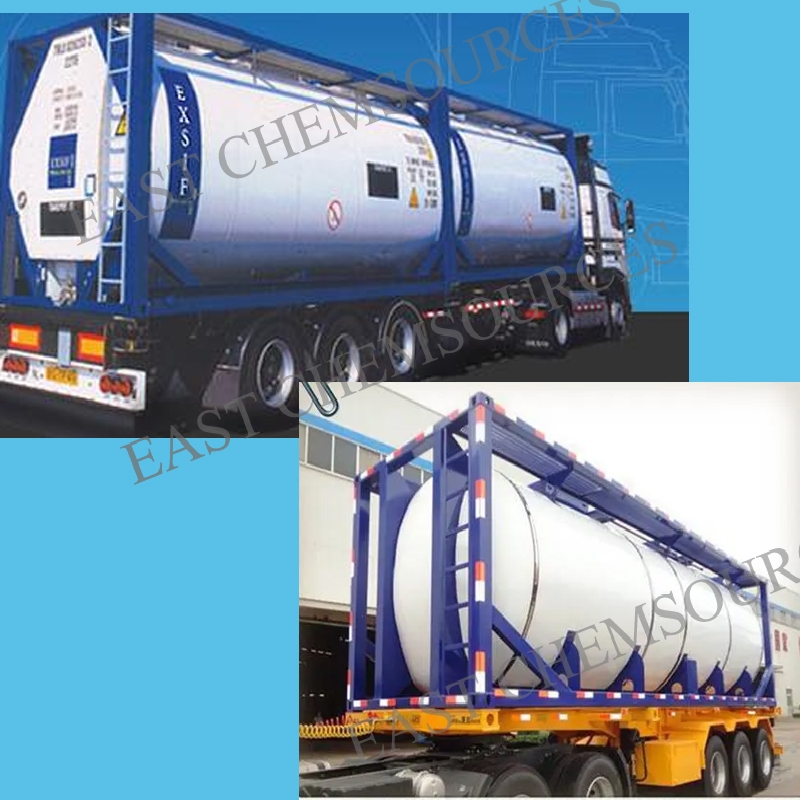Cosmetic Ingredient
- • Abrasive (124)
- • Absorbent (84)
- • Anticaking (66)
- • Anticorrosive (25)
- • Antifoaming (19)
- • Antimicrobials (290)
- • Antioxidant Ingredient (393)
- • Antiperspirant (20)
- • Antiplaque (48)
- • Anti-seborrheic (38)
- • Anti-sebum (39)
- • Antistatic (458)
- • Astringent (162)
- • Binding Agent (172)
- • Bleaching Agent (53)
- • Buffering (191)
- • Bulking (109)
- • Chelating (122)
- • Cleansing (679)
- • Cosmetic Colorant (212)
- • Cosmetic Preservative (158)
- • Denaturant (45)
- • Deodorant (98)
- • Depilatory (27)
- • Dissolving Agent (298)
- • Emollient (795)
- • Emulsifying Agent (480)
- • Emulsion Stabilising (154)
- • Exfoliating (19)
- • Film Forming (299)
- • Flavouring (72)
- • Foam Boosting (161)
- • Foaming (101)
- • Fragrance Ingredient (726)
- • Gel Forming (19)
- • Hair Conditioning (670)
- • Hair Dyeing (363)
- • Hair Fixing (36)
- • Hair Waving or Straightening (45)
- • Humectant (282)
- • Hydrotrope (92)
- • Keratolytic (20)
- • Light Stabilizer (80)
- • Moisturising Agent (50)
- • Nail Conditioning (42)
- • Occlusive (20)
- • Opacifying (119)
- • Oral Care (123)
- • Oxidising (19)
- • Perfuming (2105)
- • Plasticiser (98)
- • Propellant (19)
- • Reducing (50)
- • Refatting (12)
- • Refreshing (26)
- • Skin Cleansing (388)
- • Skin Conditioning (1751)
- • Skin Humectant (21)
- • Skin Protecting (282)
- • Smoothing (31)
- • Soothing (71)
- • Tonics (155)
- • UV Filter (34)
- • Viscosity Controlling (532)
Chemicals as Skincare Ingredients
Related News
-
Global Soybean Prices Drop as Tariff Fears Hit Markets Hard
2025-04-07 -
Novartis Launches Bold Attack Eyes 100 Billion Dollar Autoimmune Market
2025-04-09 -
Mitsubishi Chemical to Phase Out Production by 2027 in Major Restructuring
2025-04-03 -
Saudi Aramco CEO: Invest in downstream projects in China's energy, chemical and other fields
2025-03-28 -
New IPDI Project Approved as Market Prices Surge
2025-04-03 -
Mitsubishi Chemical Group to Phase Out Production at Two Plants by March 2027
2025-04-01
Dissolving Agent
Glycerol diacetate
(25395-31-7)-
- / 98%
-
Food Grade / 99%
$1/KG FOB
-
-
![Diacetin buy Diacetin]()
Request for quotation , get quotes from more suppliers.
Dimethyl oxalate
(553-90-2)-
Industrial Grade / 99%
-
![Dimethyl oxalate buy Dimethyl oxalate]()
Industrial Grade / 99%
-
![Dimethyl oxalate buy Dimethyl oxalate]()
-
![Dimethyl oxalate buy Dimethyl oxalate]()
-
Industrial Grade / 99%
-
Industrial Grade / 98%
-
-
Reagent Grade / 99%
$15-16/KG FOB
Request for quotation , get quotes from more suppliers.
1-Phenoxy-2-propanol
(770-35-4)-
- / 99.00%
-
Pharmacy Grade / 99.5%
-
Industrial Grade / 99.5%
-
First Grade / -
Request for quotation , get quotes from more suppliers.
1-Butoxy-2-propanol
(5131-66-8)-
Industrial Grade / 99%
$2.5-2.6/KG FOB
-
- / 99.00%
-
Pharmaceutical grade / 99%
$10/KG EXW
-
Industrial Grade / 99%
$530-600/MT FOB
Request for quotation , get quotes from more suppliers.
Diethylene glycol diethyl ether
(112-36-7)-
Cosmetics Grade / 99%
$2950-3200/MT FOB
-
- / 0.00%
-
Pharmaceutical grade / 99%
$10/KG EXW
-
Industrial Grade / 99%
-
Pharmacy Grade / -
-
-
-
- / 99.00%
Request for quotation , get quotes from more suppliers.
Methyl lactate
(547-64-8)-
Industrial Grade / 99%
-
-
Industrial Grade / 99%
$4-4.8/KG FOB
-
Food Grade / 99.5%
Request for quotation , get quotes from more suppliers.
-
Industrial Grade / 99%
-
- / 99.00%
-
Pharmaceutical grade / 99%
$10/KG EXW
-
Industrial Grade / 99%
Request for quotation , get quotes from more suppliers.
(2R,3R)-Butanediol
(24347-58-8)-
pharmaceutical grade / 98%
-
Industrial Grade / 99%
-
![(R,R)-2,3-Butanediol buy (R,R)-2,3-Butanediol]()
-
![(R,R)-2,3-Butanediol buy (R,R)-2,3-Butanediol]()
- / 99%
Request for quotation , get quotes from more suppliers.
More Information
Dissolving agents aid in the solubilization of various ingredients to create effective and stable products. These agents, often referred to as solvents, are substances capable of dissolving other substances, enabling the homogeneous dispersion of active compounds within cosmetic formulations.
The principle behind dissolving agents lies in their ability to break down molecular bonds within substances, allowing them to mix uniformly with other ingredients. Alcohol is a common dissolving agent in skincare products, but it's not the high concentration (75%) medical disinfectant alcohol we typically imagine. In cosmetics, its content is strictly controlled to around 2%, which is almost negligible. Unless someone has a particularly sensitive reaction to alcohol, it's generally safe to use.
Common solvents include:
•Water
•Ethanol
•Glycerin










































